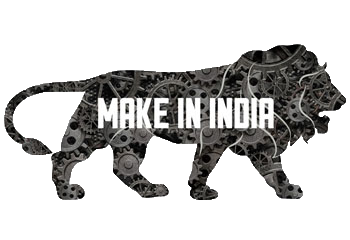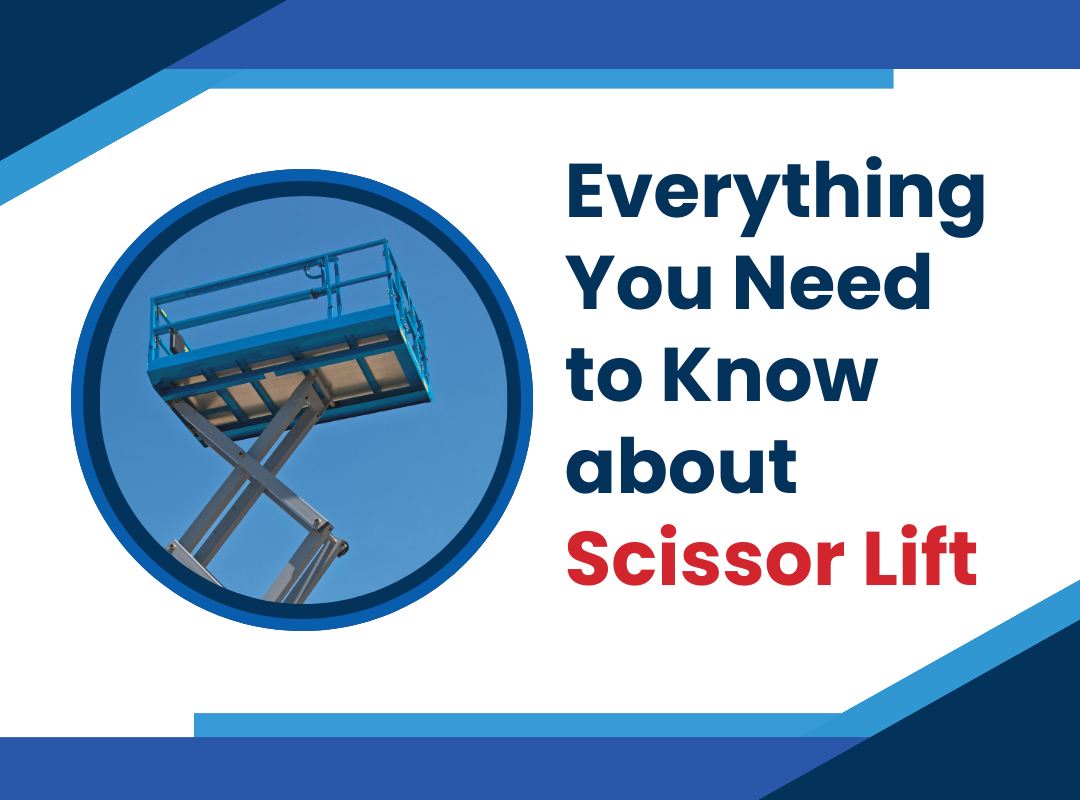Are you changing your hydraulic pump often? Then there are some serious problems to be addressed. Short Hydraulic Pump life not only costs you a hefty replacement cost but also cuts short the productivity with downtime. So analyzing the reasons for the short pump life is crucial.
This article points out some common factors that affect pump life. By reading it, you can make an informed decision when buying hydraulic pumps and maintain them correctly.
Now let’s get started.
Oil Contamination
85% of ball bearing failures occur due to oil contamination like dirt, water, or foreign material. For instance, water-combined oil can reduce the bearing life by half. So oil service life is important. You must not operate a pump with the same oil for a long time. If you don’t clean the sludge or varnish accumulated, the contaminants will reach the hydraulic pump through hoses or tubes and contaminate the fluid.
Wrong Pump Selection
This factor is important and most probably the first thing to check while setting up your hydraulic system. While hydraulic pumps are of different types, choosing the ideal one that is smooth and long-time is not easy but necessary.
Some factors to be considered while investing in hydraulic pumps for smooth and long-time operation are
Pump inlet operation,
Flow rate and pressure
Working environment
Material compatibility.
Wrongly Assembling the Components
The word “wrong assembly” here refers to incorrect insertion depth, improper valve adjustments, incorrect pump shaft rotation, and much more. So if you fail to assemble the hydraulic components correctly, it can damage the pump. For instance, it might explode if you don’t insert the hose when the pump is subjected to high pressure.
So checking the pump pressure compensator and relying on valves are crucial.
Pipe Geometry
Often, this factor is overlooked. If there are many twists and turns in the hydraulic system, the fluid flow gets affected and results in poor system performance. So the pipes or hoses geometry also can impact the hydraulic pump working. Be cautious about it.
Pump Operating Temperature
The hydraulic pump operating temperature and the rate of temperature change will affect the pump’s life and reliability. So the hydraulic pump operating at a temperature has to be noted, and the pump must be designed to operate at that pace. Additionally, different masses and materials that expand and contract at different rates can also affect the pump’s life.
Pump Speed
The speed of the pump at which it is operated is also another factor. If a pump not capable of handling Hydraulic High Pressure is made to do it, it can wear out quickly and get damaged.
Fluid Properties
pH, viscosity, and specific gravity are crucial fluid properties that can affect the hydraulic pump’s life. For instance, if the fluid is acidic, the casing and impeller material needs a frequent check. Other factors that can negatively impact the pump include the size, shape, and abrasive qualities of the solids present in the fluid.
Impeller Balance
A shaft whip is a condition caused by some unbalanced impeller on a vertical design or overhung pump. The shaft is deflected just like the radial force does when the hydraulic pump operates away from the Best efficiency point. So it is recommended to balance the impeller at least to ISO 1940 grade 6.3 standards. If in case, the impeller is trimmed, then it must be rebalanced.
Conclusion
Frequent maintenance not only improves the overall working of hydraulic pumps and helps detect the root cause conditions that lead to their failure.
A hydraulic pump pushes and moves the hydraulic fluid through the hydraulic systems. So it holds a crucial role in Hydraulic Systems, and you can’t take chances on its working level. This article has highlighted the factors that can ruin the health of the hydraulic pump and shorten its life. So by considering the above-given points, you can easily extend the lifespan of this hydraulic pump.
Scissor Lifts are used in manufacturing and industrial applications because they have broad platforms that can handle both people and goods. They provide a safe and dependable environment for personnel to accomplish height-related jobs. Scissor lifts may move vertically because of crisscrossing bracing. The scissor lift’s main value lies in its ability to stretch and then compress to a size small enough to be readily stowed, a feature that makes it a legitimate competitor to the traditional ladder.
There is an electric or diesel engine that powers scissor lifts. Electric engines are preferable for interior use since they do not require as much ventilation as a gas engine, and indoor operations are often less vigorous, resulting in longer battery life. A scissor lift is an excellent tool for keeping personnel working at high heights safely, regardless of the job or height.
Scissor Lift: Common Applications
For some applications, scissor lifts are preferable to boom lifts or any other sort of aerial platform. Scissor lifts are perfect for inside tasks since they are lightweight and easy to operate, especially if the project simply requires up-and-down movement. Scissor lifts can be used outside on uneven or sloping ground. A difficult terrain scissor lift was designed specifically to function on rugged or uneven terrain, allowing employees and objects to be securely raised in ways that a ladder could not.
Need to Choose the Right Scissor Lift
The type and height of the scissor lift that will work best for a project will be determined by the project’s needs. Electric motors are ideal for inside jobs, but diesel engine scissor lifts will provide the equipment with the necessary power to navigate around the job site. Scissor lift rentals are available with platform heights ranging from 20 to 53 feet. The type of lift required for the project is determined by how high the lift must travel.
Scissor lifts are indeed accessible as “tough terrain” lifts, which are designed to work on slopes and irregular ground conditions. Knowing what the nature of the job site is or will be at the time the lift is used will assist in the selection process of “which scissor lift is best”.
Ask all of these questions and prepare accordingly to guarantee you acquire the finest equipment for the task!
The Scissor Lift: Frequently Asked Questions
How Safe are Scissor Lifts?
Scissor lifts are extremely secure and safe. However, if not utilized appropriately, any piece of equipment might become dangerous. Always observe the manufacturer’s directions and maximum weight limits while using scissor lifts to keep them safe. Never use a scissor lift without first receiving sufficient training, and never use one of the job locations.
Is it Possible to Use Scissor Lifts Outside?
Outside, scissor lifts can be employed. Difficult terrain scissor lifts were designed expressly for use on rough and uneven terrain. Outdoor use was considered when designing the tires and engine power. In certain cases, they are more suited for outdoor use than boom lifts since they do not require as much space to maneuver.
Is it possible to Hire a Scissor Lift?
Scissor lifts are available for rent. You can search for scissor lift rentals and compare prices from around the industry.
What is the Maximum Rental Period for a Material Scissor Lift?
Material Scissor Lifts can be rented for a day, a week, or a month. A scissor lift may be rented for as long as you need it.
How much does a Scissor Lift Rental Cost?
The cost of hiring a scissor lift varies based on the length and location of the rental, as well as the company providing the service. To view all of the prices and rental possibilities in one place, search for it.


